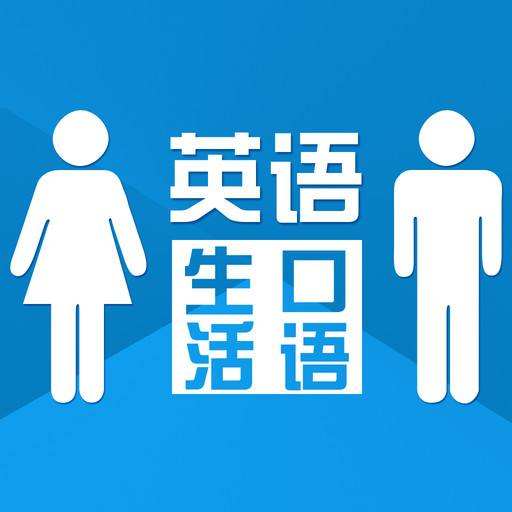 直接利用相关语法知识,通过题干中的已供信息,捕捉到解题线索,从而得出正确答案的解题方法。2020年最新新东方考研英语试题及答案。
直接利用相关语法知识,通过题干中的已供信息,捕捉到解题线索,从而得出正确答案的解题方法。2020年最新新东方考研英语试题及答案。
单选题
1. A variety of small clubs can provide _____ opportunities for leadership, as well as for practice in successful group dynamics.
[A]durable
[B]excessive
[C]surplus
[D]multiple
2. Martin Luther King, the great Black leader in the movement against racial discrimination, was _____ the Nobel Prize for peace for his out standing contribution to world peace.
[A]rewarded
[B]awarded
[C]conferred
[D]granted
3. CCTV programs are _____ by satellite to the remotest areas in the country.
[A]transferred
[B]transported
[C]transformed
[D]transmitted
4. Britain has the highest _____ of road traffic in the world—over 60 cars for every mile of road.
[A]density
[B]intensity
[C]popularity
[D]prosperity
5. The government will _____ a reform in the educational system.
[A]initiate
[B]initial
[C]initiative
[D]intimate
答案解析:
1. D.multipule
[注释]multipule 多种多样的
2.B.awarded
[注释]award授予(奖项,证书);confer也可表“授予”,但一般与搭配confer sth on sb
3.D.transmitted
[注释]transmit 传播;传输
4.A.density
[注释]density密度
5. A.initiate
[注释] initiate vt. 开始,创始;发起;initial 最初的;initiative 主动权
阅读题
At 18, Ashanthi DeSilva of suburban Cleveland is a living symbol of one of the great intellectual achievements of the 20th century. Born with an extremely rare and usually fatal disorder that left her without a functioning immune system (the “bubble-boy disease,” named after an earlier victim who was kept alive for years in a sterile plastic tent), she was treated beginning in 1990 with a revolutionary new therapy that sought to correct the defect at its very source, in the genes of her white blood cells. It worked. Although her last gene-therapy treatment was in 1992, she is completely healthy with normal immune function, according to one of the doctors who treated her, W. French Anderson of the University of Southern California. Researchers have long dreamed of treating diseases from hemophilia to cancer by replacing mutant genes with normal ones. And the dreaming may continue for decades more. “There will be a gene-based treatment for essentially every disease,” Anderson says, “within 50 years.”
It's not entirely clear why medicine has been so slow to build on Anderson's early success. The National Institutes of Health budget office estimates it will spend $432 million on gene-therapy research in 2005, and there is no shortage of promising leads. The therapeutic genes are usually delivered through viruses that don't cause human disease. “The virus is sort of like a Trojan horse,” says Ronald Crystal of New York Presbyterian/Weill Cornell Medical College. “The cargo is the gene.”
At the University of Pennsylvania's Abramson Cancer Center, immunologist Carl June recently treated HIV patients with a gene intended to help their cells resist the infection. At Cornell University, researchers are pursuing gene-based therapies for Parkinson's disease and a rare hereditary disorder that destroys children's brain cells. At Stanford University and the Children's Hospital of Philadelphia, researchers are trying to figure out how to help patients with hemophilia who today must inject themselves with expensive clotting drugs for life. Animal experiments have shown great promise.
But somehow, things get lost in the translation from laboratory to patient. In human trials of the hemophilia treatment, patients show a response at first, but it fades over time. And the field has still not recovered from the setback it suffered in 1999, when Jesse Gelsinger, an 18-year-old with a rare metabolic disorder, died after receiving an experimental gene therapy at the University of Pennsylvania. Some experts worry that the field will be tarnished further if the next people to benefit are not patients but athletes seeking an edge. This summer, researchers at the Salk Institute in San Diego said they had created a “marathon mouse” by implanting a gene that enhances running ability; already, officials at the World Anti-Doping Agency are preparing to test athletes for signs of “gene doping.” But the principle is the same, whether you're trying to help a healthy runner run faster or allow a muscular-dystrophy patient to walk. “Everybody recognizes that gene therapy is a very good idea,” says Crystal.
“And eventually it's going to work.”
1. The case of Ashanthi Desilva is mentioned in the text to ____________.
[A] show the promise of gene-therapy
[B] give an example of modern treatment for fatal diseases
[C] introduce the achievement of Anderson and his team
[D] explain how gene-based treatment works
2. Anderson‘s early success has ________________.
[A] greatly speeded the development of medicine
[B] brought no immediate progress in the research of gene-therapy
[C] promised a cure to every disease
[D] made him a national hero
3. Which of the following is true according to the text?
[A] Ashanthi needs to receive gene-therapy treatment constantly.
[B] Despite the huge funding, gene researches have shown few promises.
[C] Therapeutic genes are carried by harmless viruses.
[D] Gene-doping is encouraged by world agencies to help athletes get better scores.
4. The word “tarnish” (line 5, paragraph 4) most probably means ____________.
[A] affect
[B] warn
[C] trouble
[D] stain
5. From the text we can see that the author seems ___________.
[A] optimistic
[B] pessimistic
[C] troubled
[D] uncertain
答案:A B C D A
2020年最新新东方
考研英语试题及答案。要有全局观。做完形填空题不能孤立地一个空一个空地处理,而应该上串下联,左右逢源,往往会出现单独来看,选某个选项某个空是对的,但结合语篇来理解,却是错的。所以,要有全局观。
 直接利用相关语法知识,通过题干中的已供信息,捕捉到解题线索,从而得出正确答案的解题方法。2020年最新新东方考研英语试题及答案。
直接利用相关语法知识,通过题干中的已供信息,捕捉到解题线索,从而得出正确答案的解题方法。2020年最新新东方考研英语试题及答案。
 名师辅导
环球网校
建工网校
会计网校
新东方
医学教育
中小学学历
名师辅导
环球网校
建工网校
会计网校
新东方
医学教育
中小学学历